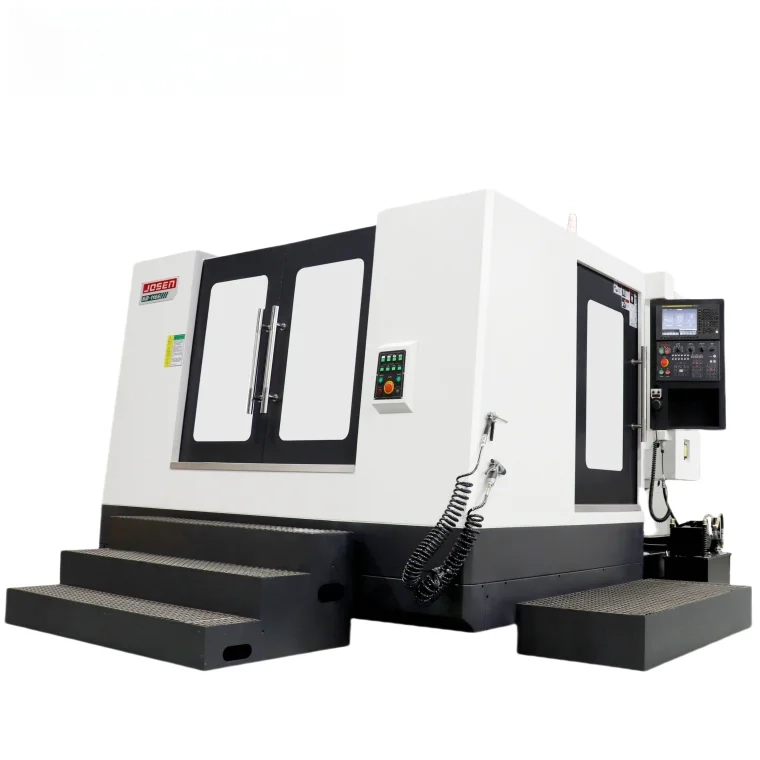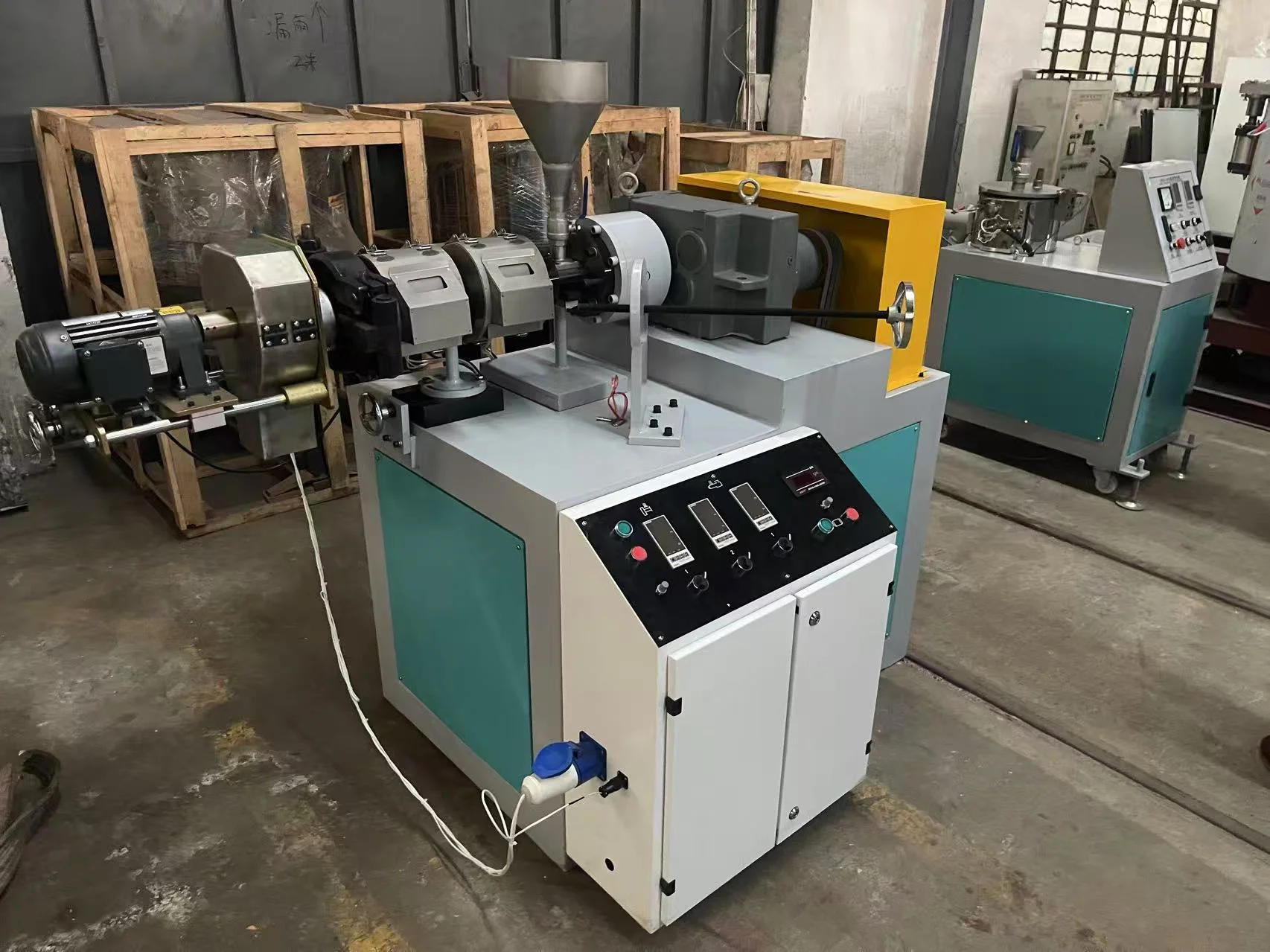In the fast-evolving world of unmanned aerial vehicles (UAVs), precision, stability, and intelligence are the cornerstones of flight performance. But behind the scenes of every high-performing drone lies a core component that drives its capabilities — the micro flight controller. What exactly makes this compact system so indispensable, and how does it influence the broader UAV ecosystem?
Understanding the Role of a Micro Flight Controller
A micro flight controller is essentially the brain of a drone. It is responsible for collecting sensor data, interpreting flight commands, stabilizing the aircraft, and ensuring that the UAV performs tasks as instructed. Unlike traditional flight controllers, the “micro” variant emphasizes compactness and weight efficiency, making it perfect for lightweight drone models and micro UAVs.
At Shenzhen Haike Technology Co., Ltd., we've seen a significant uptick in demand for micro flight controllers as drone applications diversify and miniaturize. These controllers provide the ideal balance of size and performance, enabling complex flight maneuvers, real-time data processing, and high-level automation even in compact platforms.
Why Size Matters in UAV Design
One of the most apparent advantages of a micro flight controller is its small footprint. As drone design becomes increasingly intricate — from pocket-sized quadcopters to insect-inspired surveillance drones — every gram counts. A lighter controller means more room for payload, longer flight times, and better maneuverability.
Shenzhen Haike Technology Co., Ltd. has invested heavily in R&D to engineer micro flight controllers that maintain full functionality despite their miniature size. These controllers integrate multiple sensors, including gyroscopes, accelerometers, magnetometers, and barometers, while supporting advanced firmware protocols.
Enhanced Performance Through Integrated Technology
Incorporating advanced microprocessors and firmware, modern micro flight controllers provide improved responsiveness and stabilization, even under challenging environmental conditions. Adaptive algorithms allow these controllers to adjust flight parameters dynamically, offering better control during turbulence or GPS-denied scenarios.
The latest models developed by Shenzhen Haike Technology Co., Ltd. boast features such as auto-tuning, real-time telemetry, waypoint navigation, and AI-assisted flight control. These innovations extend the application of micro flight controllers beyond hobbyist drones to include agricultural UAVs, security systems, delivery drones, and inspection platforms.
Applications Across Diverse Industries
The versatility of micro flight controllers makes them a go-to choice in numerous industries. Here’s how they’re making a difference:
Aerial Photography and Videography
Lightweight drones powered by micro flight controllers are ideal for high-precision shots in tight spaces. Cinematographers prefer these systems for indoor shoots, dynamic camera angles, and smooth, stabilized footage.
Agriculture
Micro UAVs are increasingly deployed in agriculture for crop monitoring, spraying, and data analysis. A micro flight controller ensures that these drones can fly low and slow with utmost stability, capturing critical information with minimal disruption to crops.
Emergency Response and Surveillance
Speed and stealth are vital in emergency and defense scenarios. Micro UAVs outfitted with compact controllers are used in search and rescue missions, real-time traffic monitoring, and urban surveillance.
Industrial Inspection
Power lines, pipelines, and tall structures require high-precision flyovers. Micro UAVs equipped with micro flight controllers can maneuver into narrow or hazardous zones for thorough inspection without risking human safety.
https://www.hakrc.com/FC
Shenzhen Haike Technology Co., Ltd.,







+ There are no comments
Add yours